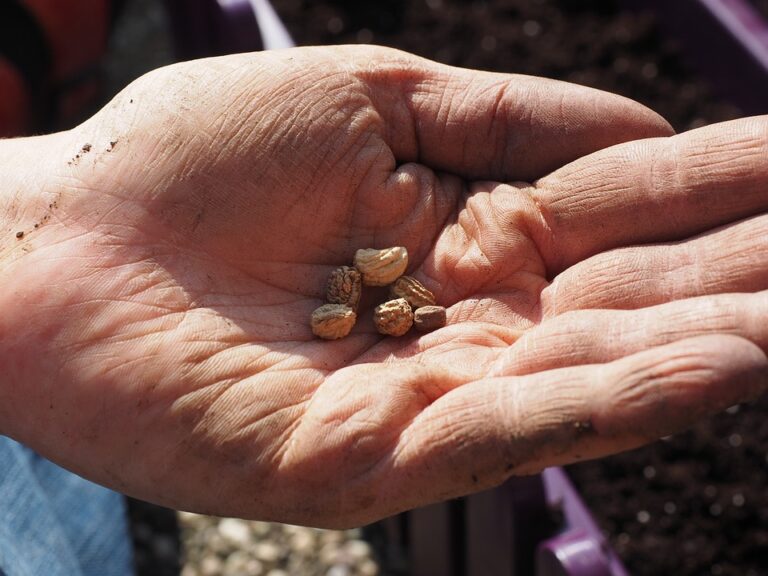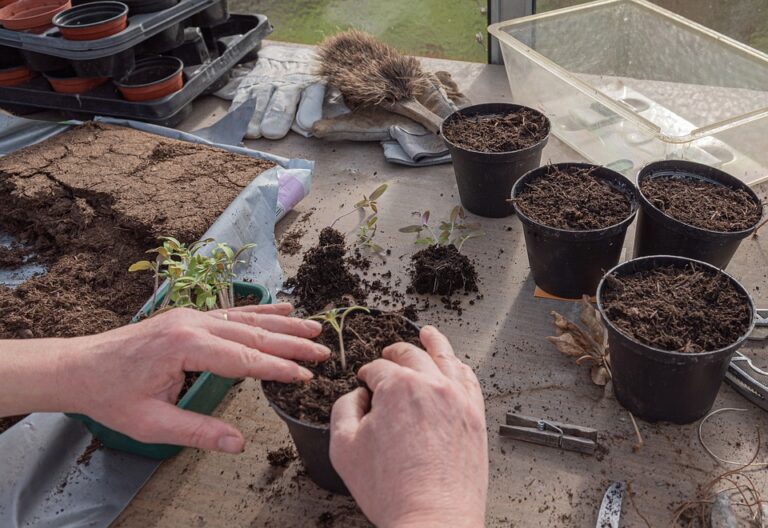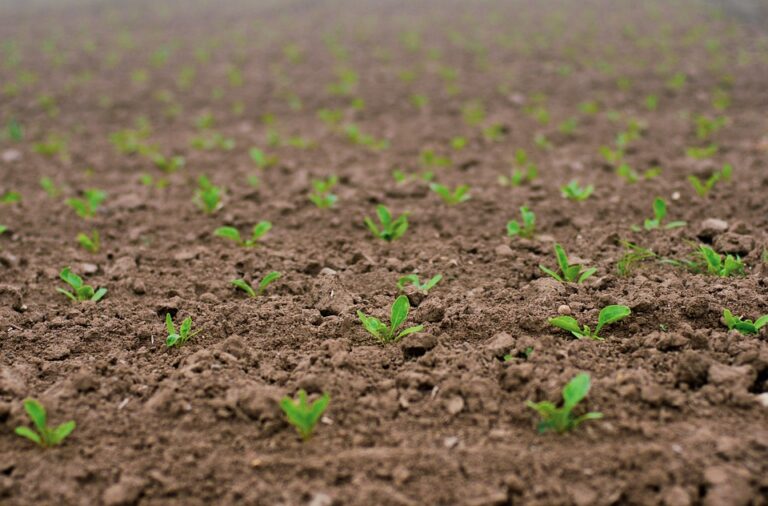Introduction
In recent years, there has been a growing trend in Rekshino’s rural communities towards local food production. From farm to table, residents are taking control of their food supply by growing and sourcing ingredients locally. This shift towards a more sustainable and environmentally friendly food system is not only benefiting the communities themselves but also the local economy and environment.
The Benefits of Local Food Production
Economic Benefits
One of the main benefits of local food production is the boost it can give to the local economy. By sourcing food locally, farmers and producers are able to keep more of the profits from their goods, leading to increased income and economic stability within the community. Additionally, the money spent on locally grown food stays within the community, further supporting local businesses and creating a cycle of economic growth.
Environmental Benefits
Local food production also has significant environmental benefits. By reducing the distance that food needs to travel from farm to table, emissions from transportation are minimized, leading to a decrease in carbon footprint. Additionally, local farmers are more likely to use sustainable farming practices, such as organic farming and crop rotation, which can help protect the environment and natural resources for future generations.
Community Connection
Building Relationships
One of the key aspects of local food production is the connection it fosters between farmers and consumers. By purchasing food directly from local farmers, consumers are able to learn more about where their food comes from and how it is produced. This transparency and connection can help build trust between producers and consumers and create a sense of community and accountability.
Cultural Preservation
Local food production also plays a role in preserving and celebrating local food traditions and cultures. By growing and consuming foods that are native to the region, communities are able to maintain their culinary heritage and support local food artisans. This can help strengthen cultural identity and promote a sense of pride in the community’s history and traditions.
Challenges and Opportunities
Challenges
While the trend towards local food production in Rekshino’s rural communities is promising, there are also challenges that need to be addressed. One of the biggest challenges is the lack of infrastructure and resources for small-scale farmers to produce and distribute their goods efficiently. Additionally, consumer awareness and education about the benefits of local food production may need to be increased in order to support the growth of this trend.
Opportunities
Despite the challenges, there are also opportunities for growth and expansion in the local food production sector. By investing in infrastructure and resources for small-scale farmers, such as co-operative distribution networks and farmer’s markets, communities can help support the growth of local food production. Additionally, promoting and marketing local food products to a wider audience can help increase demand and create new market opportunities for local farmers and producers.
Conclusion
From farm to table, the trend towards local food production in Rekshino’s rural communities is a positive development that is benefiting both the communities themselves and the environment. By sourcing food locally, residents are supporting their local economy, protecting the environment, and building strong connections within their community. While there are challenges that need to be addressed, there are also opportunities for growth and expansion in the local food production sector. By continuing to invest in and support local food production, Rekshino’s rural communities can create a more sustainable and resilient food system for the future.





